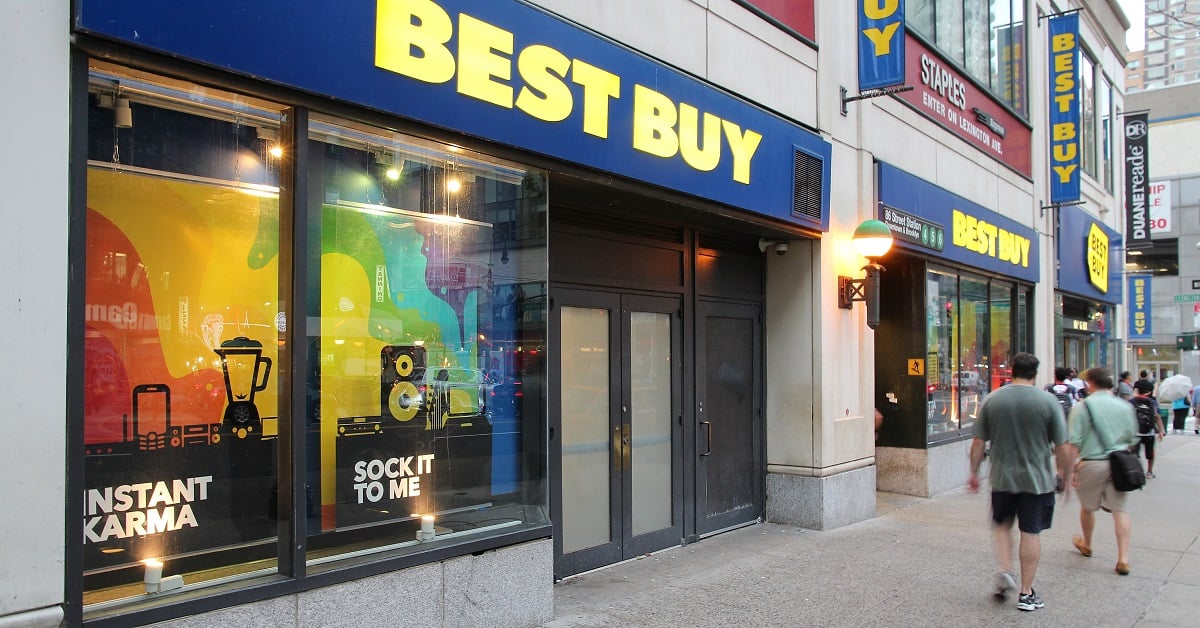A retailer’s product content strategy is a critical part of the business: one that involves multiple data, process and technology elements that have to work together in just the right way. When a single platform can enable that cohesion, retail leaders are in the best position possible.
Having such a solution in place is essential to meeting the demands of today’s consumers who seek transparency, accuracy and all purchase-deciding factors immediately. Without it, how can you be sure you’re capturing shopper attention? How do you know your supplier data is getting ingested, validated and enhanced in the best way? Retailers need an end-to-end optimized eCommerce strategy that they can trust to answer these questions and address these needs seamlessly.
So where do you start? From collecting the content to validating the data and implementing the most efficient taxonomy, these approaches can set the foundation for your end-to-end process.
There are four major steps we’ve outlined in the eCommerce optimization playbook for retailers. Let’s unpack step one here: building and organizing your Core Content.
Establish Requirements
To make your content collection process scalable, it’s necessary to implement a set of key requirements. This helps suppliers understand exactly what they need to deliver when it comes to new items or package changes for your store/site.
Just as important is the capability for content owners to smoothly make those changes in real time once they’re submitted. A single-platform content provider like Syndigo ensures brands can update the appropriate product details (weight and dimensions, packing sleeves, etc.) and retailers can access the content across eCommerce, space management, marketing, advertising and other relevant areas.
Moreover, Syndigo can support private-brand content creation/collection as well, empowering retailers to maximize opportunities with their own differentiated products.
Identify Nuances That Need Validation
Implementing the requirements marks great progress—validating the submitted content is the next piece. As every retailer will have unique requirements that are bound to evolve, it’s understandable that brands may have trouble keeping track.
From measurement units to how words are capitalized in a description, Syndigo’s platform is the golden product record to make sure brands are submitting accurate content to the retailer’s latest specifications.
The platform offers more capabilities than traditional PIMs and DAMs, including its validation engine that makes sure product content is successfully aligned, leading retailers to higher data quality and conversions. Because Syndigo works closely with both retailers and suppliers within its robust network, you can count on CXH enabling the best coordination of validated content for your eCommerce sites.
Maximize Opportunity for Transparency
With wellness being such a prevalent topic today, shoppers expect that information when looking to make a purchase. That makes nutritional/off-label attributes essential to your product content strategy.
In fact, we know some eCommerce retailers work that into their requirements: things like country of origin, bioengineering status, compliance with certain diets and so on.
Being able to collect this information with the right platform puts retailers in a great position to provide transparency to their shoppers. Several derived wellness claims can be assessed for a given product and compiled by Syndigo to further optimize those product detail pages—helping the supplier, the retailer and the consumer collectively get the best experience.
Design Effective Taxonomy
Finally, all the product content being ingested needs to be organized strategically. Enter taxonomy, another key piece that the Syndigo platform supports.
A hierarchical system of categories, taxonomy simply organizes product information to make it easier for consumers to find (and ultimately, purchase!). This is critical for retailers to have in place, as it can make or break the difference between a sale and an abandoned cart.
For instance, one person might type “cold medicine” in the search box while another enters “decongestant,” and if the right taxonomy isn’t there, only one of those shoppers may find what they’re looking for. Understanding these discrepancies is part of Syndigo’s capabilities, ensuring retailers have the tools to research and categorize terms and items appropriately.
| While these concepts may seem simple, getting them executed is more complex. Check out the full playbook for a retailer’s optimized, end-to-end eCommerce strategy to dive deeper. |










